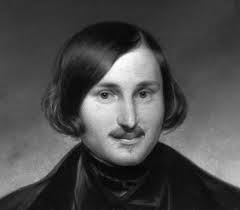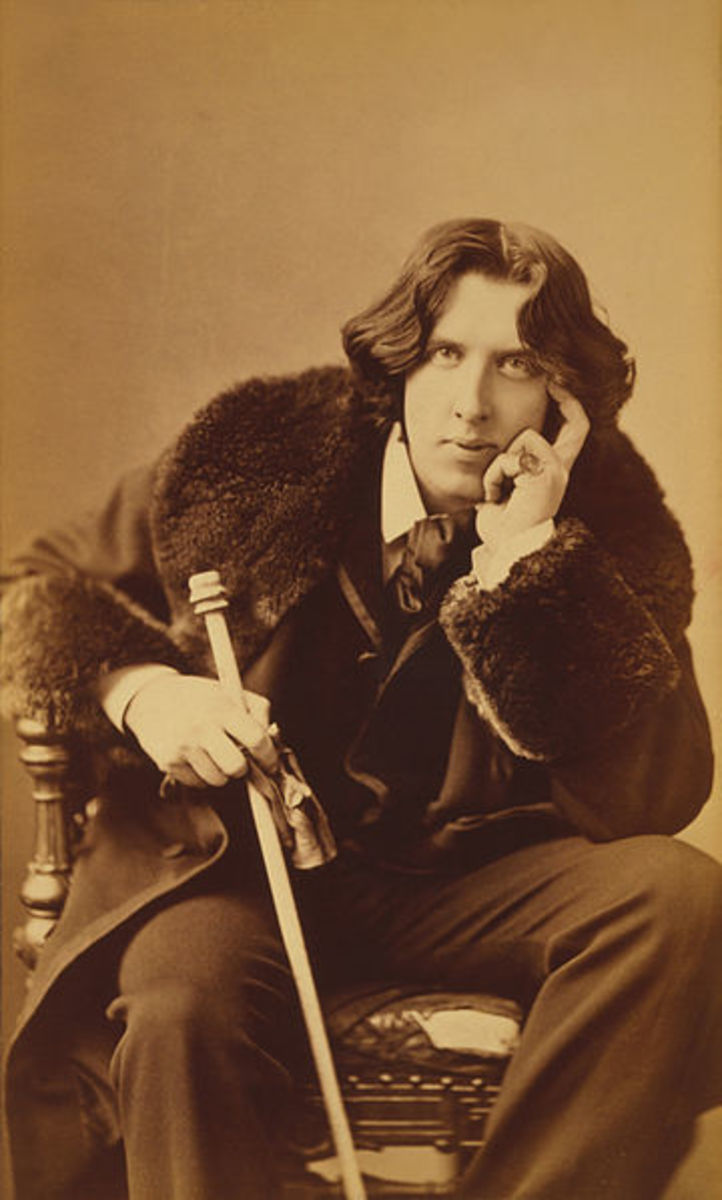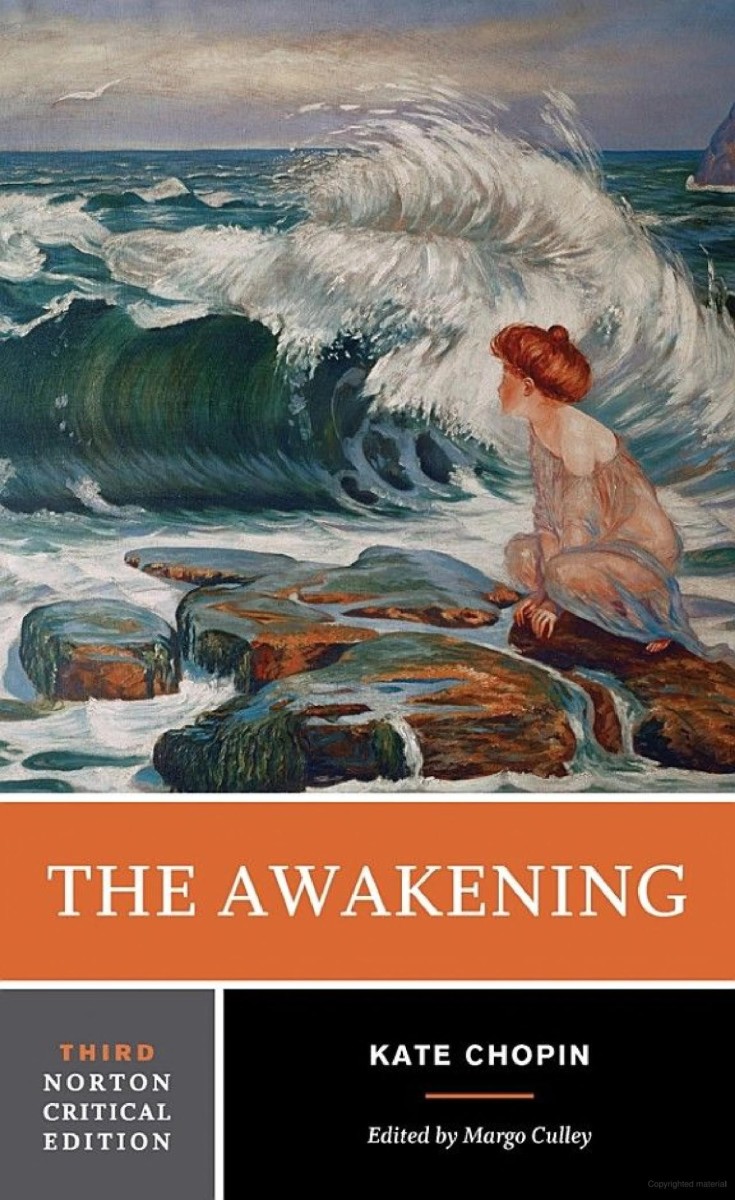Gogol Likes To Screw With You: The Ivans And The Nose

A Two Way Mirror....Or Is it?
The literary works of Nikolay Gogol examine the complexity of human psychology by contrasting external reality with the interior dispositions of the characters. By weaving two distinct realities—the internal reality of the characters and the external reality of the readers—Gogol explores the human spirit and its ongoing search for fulfillment.
This initial exploration of identity serves to lay the foundation for what is Gogol’s specific purpose—the fusion of the two realities. As his stories progress, both of these worlds become so entwined that it becomes difficult for readers to extricate themselves from the happenings of Gogol’s fictional universe. This irrevocable blending of fictional reality with external reality is shown to be most powerful in two tales in particular: “How Ivan Ivanovich quarreled with Ivan Nikiforovich" and “The Nose." Both tales explore interior schism and how it is related to exterior facts, while additionally seeking to establish an intimate union between the characters and the audience.
All friends quarrel....
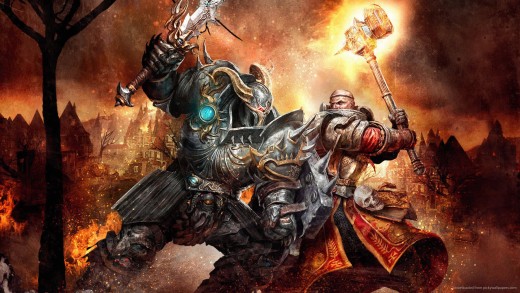
You're The Peanut Butter To My Jelly
In “How Ivan Ivanovich quarreled with Ivan Nikiforovich,” Gogol creates a physical representation of the universal struggle against good and evil that occurs within the heart of every individual. Ivan Ivanovich and Ivan Nikiforovich are two halves of the same whole who fall apart, and much like the battle between morality and concupiscence, continually wage are against one another.
This is implied by a variety of factors; first, it is derived from the fact that they have the same name, but also from the way in which each man is described. For instance, Ivan Nikiforovich is more than once described in a way that is almost demonic: “ […] it has got round that he [Ivan Nikiforovich] was born with a tail!” (p. 31) Ivan Ivanovich, by contrast, is described as possessing more benevolent qualities: “ Every Sunday he puts on his fur jacket and goes to church […] And no sooner is the service over than Ivan Ivanovich goes rushing off to call on the poor of the parish” (30). As insincere as this gesture may be for Ivan I. (and believe me, it is), the fact that he is specifically noted for his piety is significant in contrasting the two.
Ivan Ivanovich is the side inclined towards good, while his friend is the side paralleled with the bad. These two halves are inevitably destined to clash, yet before the quarrel they are shown to be very affectionate with one another: “Every day Ivan Ivanovich and Ivan Nikiforovich had been in the habit of sending a servant over to inquire about the other’s health and they often used to chat to each other from their verandas, saying such pleasant things it warmed your heart to listen to them” (43). Both characters are entirely absorbed in their friendship, and when it breaks it ruptures their sense of interior completion. Left restless and angry by this severance, they are driven by a compulsion to direct just as much energy into exacting revenge by suing one another. Yet the results are far from satisfactory: “ […] the court announced each day that the case was going to be decided tomorrow—and so it went on for ten years!” (75)

Allowing You To Keep Your Brain. For Now.
It is interesting that the two Ivan’s experience a kind of de-fusion; they were of one mind and then their inner harmony was torn apart, consequently creating internal schism. Because they break away rather than conjoin, the reality of the readers is for now allowed to remain relatively distinct from the internal reality of the characters. Everything is separate, and though audiences can relate to the struggles of both men, they maintain a comfortable distance.
Identifying with Gogol's characters, however, begins the process of convergence; it is here that Gogol fastens to his reader's minds the first chords of fusion, that are later joined by others from differing tales. Each chord gradually pulls readers out of their concrete reality and into a kind of literary madness. Enter the speed-trip known simply as "The Nose.''
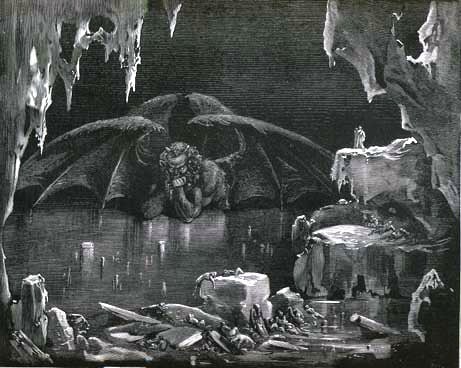

It Is Now Possible To Ice Skate In Hell
In "The Nose," an entire world that seems to be at odds with its own identity. The universe of the story establishes a setting where readers are forced to interpret the actions occurring within the context of the story as literally happening. There is no hope that the events are merely taking place in the minds of certain characters.
Gogol deftly annihilates any such possibility by describing the actions of Kovalyov’s nose in meticulous detail. It is seen praying in a cathedral “with an expression of profound piety” (119), as well as “taking a regular stroll along Nevsky Prospekt at exactly three o’clock every afternoon” (135). It even becomes a sensation throughout the capital: “ Every day crowds of inquisitive people flocked there” (135). The amount of public recognition that this nose receives make it unlikely that it is just a symbolic representation conjured up by a select groups of deranged minds. Yet while the detached nose is just a spectacle to the strangers in the capital, to Kovalyov it is something much more profound: it is a physical representation of his identity.
Note that when his nose vanishes, Kovalyov considers it worse than losing any other body part: “ ‘ If I’d lost an arm or a leg it wouldn’t be so bad. Even without any ears things wouldn’t be very pleasant, but it wouldn’t be the end of the world ’ ” (128).A missing nose is considered worse than anything else because it is situated directly in the center of person’s face. It would, in a physical sense, give a person a perpetual look of incompleteness. In a similar fashion, Kovalyov’s missing nose leaves him with a sense of internal privation.
This largely has to do with the emphasis that Kovalyov places on being accepted by society; it is so strong that it arguably forms his identity: “‘How can I go around looking like a freak? I mix with nice people’ ” (132). This feeling is merely aggravated when society continues to be of no help to him. For instance, some of the people within it treat him like a whining child, such as the news clerk, who suggests that he find a journalist who “can write it up as a very rare freak of nature […] Or else, as something of interest to the general public” (126). Others blatantly ridicule him for it, haughtily proclaiming “that respectable men do not get their noses ripped off ” (127).
Since Kovalyov roots himself in the pettiness of humanity and the changeable whims of the world, his identity is from the very beginning built on a foundation that will inevitably corrode.
Annnnd....KABOOM!!
It is interesting to observe a different world being born as Kovalyov’s internal realities are projected onto the external realities of the other characters; as both intermingle, they begin to comprise a universe where everyone is called to acknowledge and question the peculiar events occurring. Once these duel worlds are joined, the psyche of the readers begins to undergo a similar process. Since they are forced to accept the literalness of “The Nose”, they find their previously secure world overlapping with what they must now accept as a new reality. By the time the story reaches its conclusion, it has become difficult for readers to identify where their reality stops and Kovalyov’s begins.
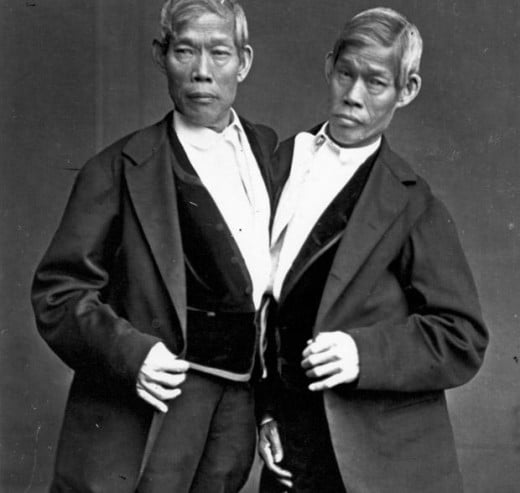
Take a Bow, Nikolay
Gogol’s exploration of internal severance is what eventually leads to the assimilation of two realities that are at first distinct from one another. Readers originally expect to be confined to their own world, gazing at the action of the story through the eyes of a detached spectator. Yet as the stories progress, the perceptions of the audience and the characters slowly converge until both realities operate as a single, living unit of common experience. By weaving a complicated tapestry of human psychology, Gogol infuses his stories with laughter in order to coax readers into considering deeper questions concerning identity, the ultimate definition of reality, and the intimate relationship that exists between the human mind and internal integration.
